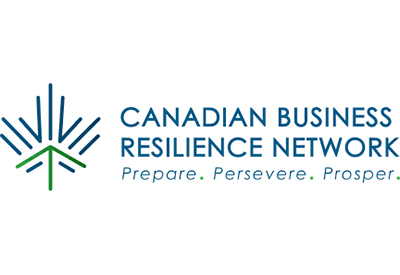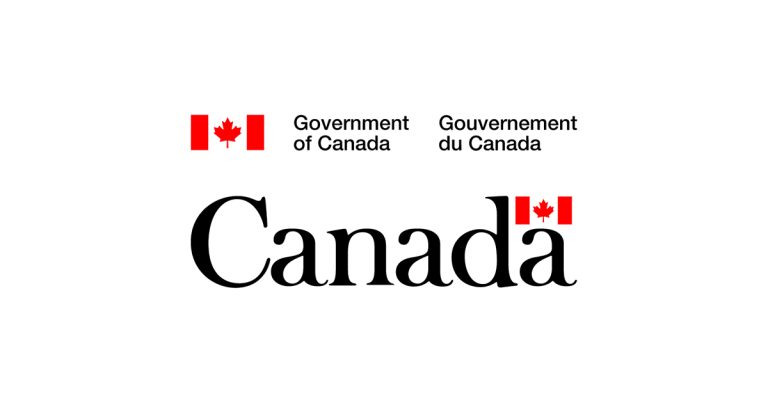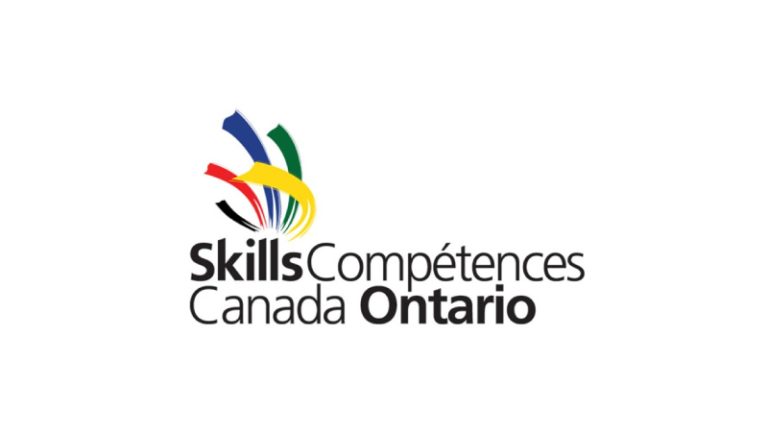CBRN Toolkit for Reopening Canada’s Economy

Mat 22, 2020
As businesses prepare to reopen or revamp their operations amid the ongoing COVID-19 pandemic, there are numerous issues and challenges to consider. This toolkit prepared by the Canadian Chamber of Commerce’s Canadian Business Resilience Network is designed to provide guidance, or access to guidance, for business owners and senior managers responsible for re-establishing their operations while ensuring the health and safety of operators, staff, customers and the general public is at the forefront.
With this document in hand, you should have the resources you need in order to:
- Update your Operations Plan.
- Update your Health and Safety Plan.
- Communicate those plans and procedures to your staff, customers and suppliers.
- Know how to access any required personal protective equipment.
- Continue to access government financial supports.
- Understand the social services, such as childcare, that are available to you and to your staff.
- Be aware of the wide array of additional supports, resources and guides that are available.
In developing any plans, one of the primary challenges for businesses is to determine the rules and regulations in place across a wide variety of jurisdictions, including federal, provincial/territorial and municipal. Additionally, guidance or best practices may be available from industry-specific associations. Please be aware that this toolkit primarily focuses on the regulatory framework put forward by the federal and provincial/territorial governments; as such, there may be additional municipal codes your business must comply with that are not addressed in this toolkit.
Sourcing personal protective equipment (PPE) is top-of-mind for many business operators. This includes both suppliers, many of whom have not traditionally produced PPE, and purchasers, again many of whom have not previously needed to purchase PPE. To this end, the Canadian Business Resilience Network is pleased to be collaborating with the Rapid Response Platform. The RRP Canada project allows producers and purchasers to find each other in order to enable PPE business transactions. Having a PPE supply on-hand may be a requirement for compliance with many regulations, depending on the nature of your operation.
In order to ensure the safety of staff, customers and suppliers and to assist with smooth operations, clearly communicating with these groups is essential. This includes conveying information about the rules and procedures to follow and providing reassurances to your staff, customers and suppliers feel safe in your environment.
As businesses reopen, government will undoubtedly wind down some of the financial support programs. However, at the time of this writing, financial support programs continue to be widely available, and some are being expanded (such as the Business Credit Availability Program) or extended beyond their original cut-off dates (such as the Canada Emergency Wage Subsidy). Please continue to consult the available financial supports to determine if they can assist your business during your reopening and ongoing operations.
The reopening of workplaces may create challenges for employees who have children or other dependents who are at home because of school, daycare or long-term care home closures. The lack of care availability means that some staff may only be able to return to the workplace part-time or may need to continue to work from home. Business operators are encouraged to work with their staff to find flexible solutions until care options become available again. This toolkit also provides information, to the extent it is available, on available childcare solutions for you and your staff. Finally, while the events of the past months are unprecedented, we remain in this together. Countless businesses have created programs to help their communities. Others have revamped their operations to provide critical services or supplies. Numerous organizations and associations have produced guides of their own. We are pleased to share access to as many of these tools as we can to help all Canadian businesses prepare, persevere and prosper.
This toolkit is also available in PDF format here (PDF version last updated May 20, 2020).









![Guide to the Canadian Electrical Code, Part 1[i] – A Road Map: Section 52 — Diagnostic imaging installations](https://electricalindustry.ca/wp-content/uploads/2022/11/Guide-CE-Code-2.png)






